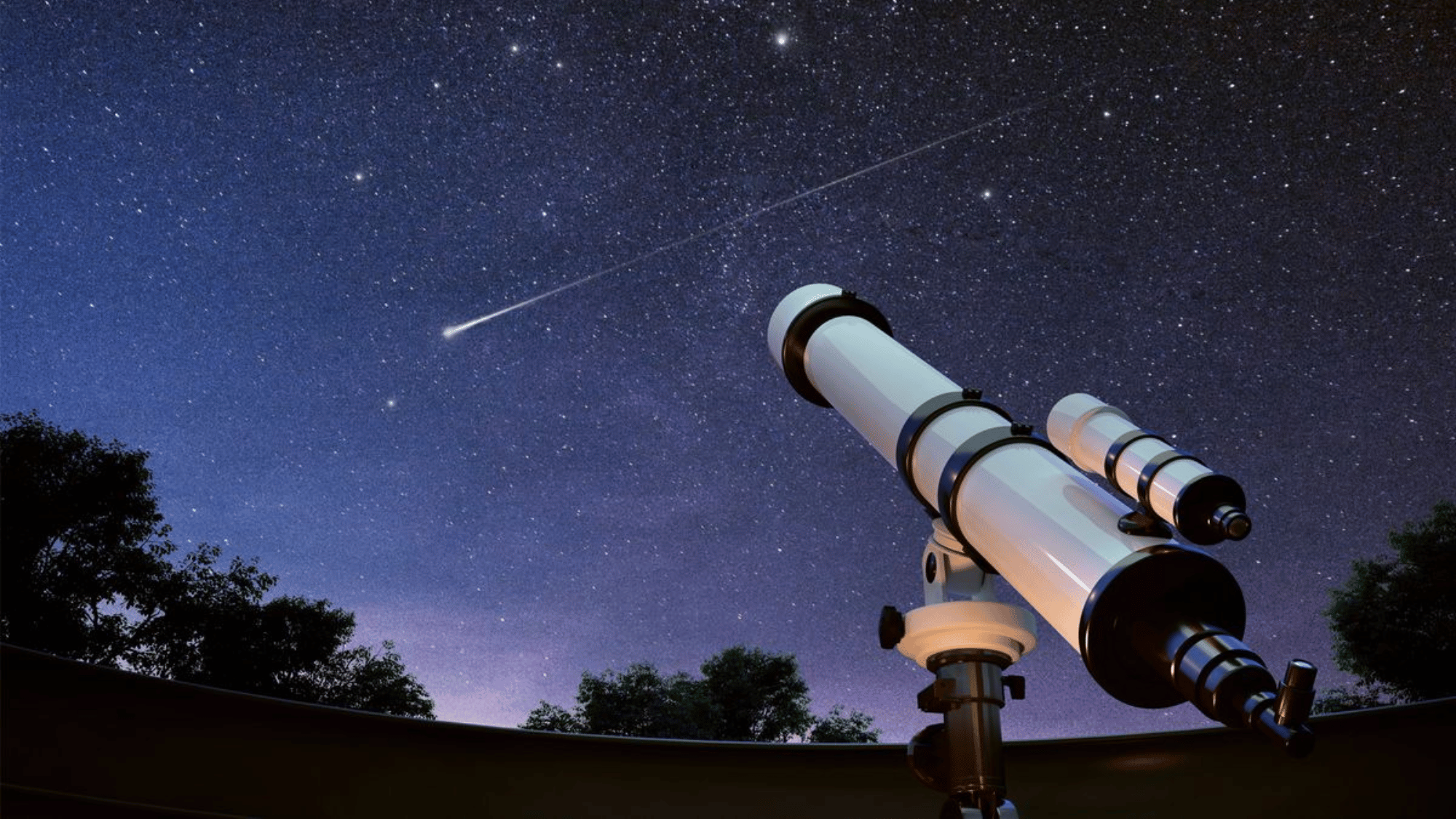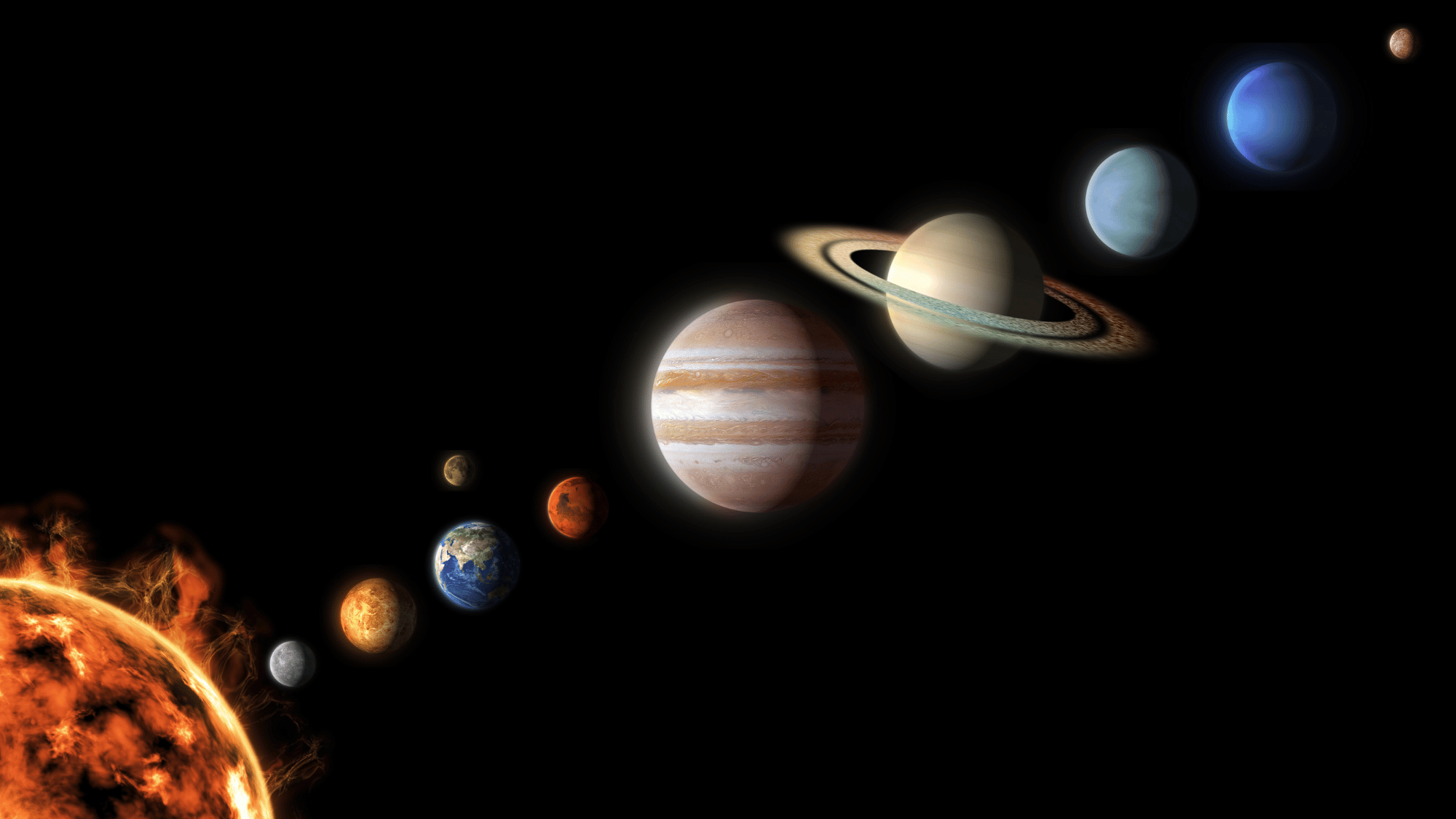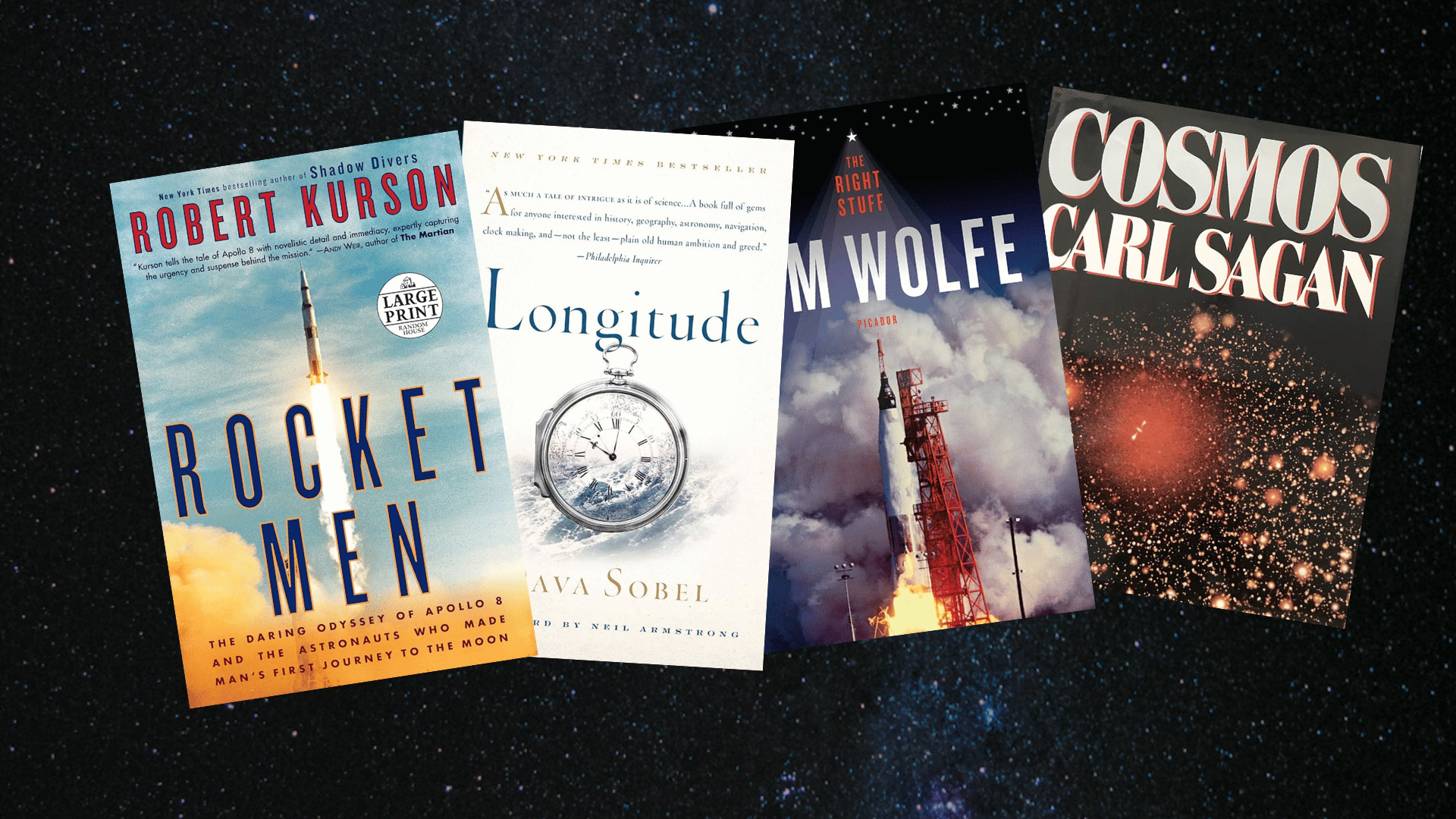There’s something magical about gazing up at the night sky, spotting distant stars, and realizing how vast the universe really is.
Telescopes make this experience even more exciting by bringing those faraway wonders closer to view.
But if someone is new to astronomy, they might wonder what makes a telescope work and how its different parts fit together.
This blog will break down the parts of a telescope in a simple, beginner-friendly way. From the lenses and mirrors that gather light to the eyepiece through which you look, each part has a role.
By understanding these components, a person feels more confident using their telescope and enjoys stargazing even more.
Why Knowing Your Telescope is Key to Clearer Views
Knowing your telescope is the secret to sharper, more enjoyable stargazing.
When you understand how each part works, from the lens that gathers light to the mount that keeps it steady, you’ll see clearer, brighter images with less frustration.
This knowledge also helps when choosing or upgrading a telescope since you’ll know which features matter most.
If something looks off, you’ll be able to adjust it confidently instead of guessing.
Most of all, understanding your telescope turns a simple device into a trusted tool, helping you explore the night sky with ease, curiosity, and excitement.
The Main Parts of a Telescope
Each telescope part plays a different role, and together they turn starlight into crisp, detailed images.
Below are the main components you’ll find in most beginner telescopes:
Optical Tube Assembly (OTA)

The Optical Tube Assembly, or OTA, is the primary component of the telescope, where the magic begins.
This is the part that gathers incoming light and directs it toward the eyepiece. Think of it as the “housing” that keeps all the critical optical components in place, such as mirrors or lenses.
A well-designed OTA ensures light travels smoothly through the system, resulting in sharp, clear images of stars, planets, and galaxies.
Objective Lens or Primary Mirror

At the heart of every telescope is the objective lens or primary mirror. This is the component responsible for collecting light, and the larger it is.
Refractor telescopes use a lens, while reflectors use a mirror. This part determines how bright and sharp the view will be.
Simply put, the objective lens or mirror is what makes faint celestial objects visible to the naked eye.
Eyepiece
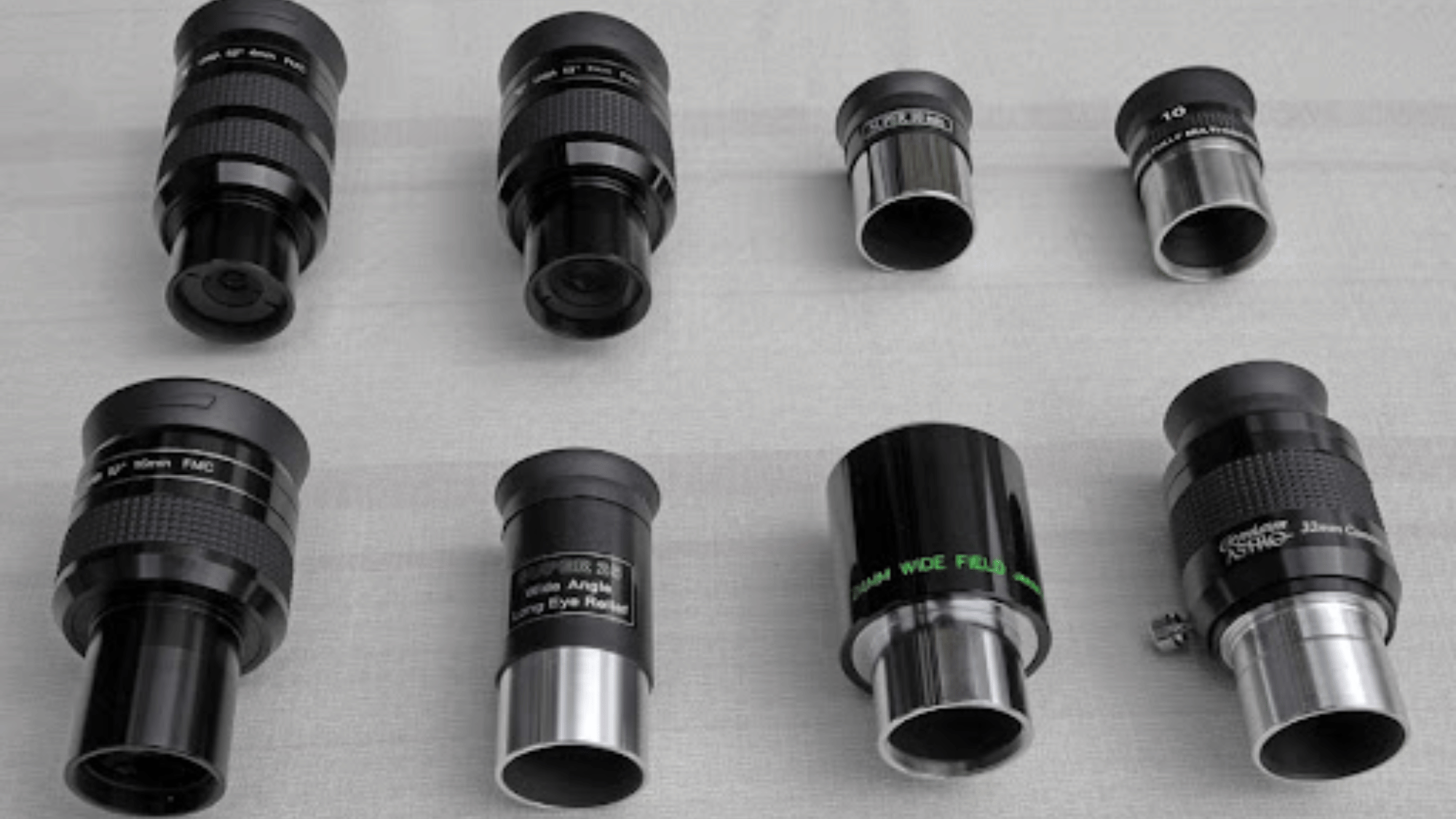
Image Source: Gerd Waloszek
The eyepiece is the part through which the observer actually looks, and it plays a significant role in magnifying the image produced by the telescope.
Different eyepieces offer varying levels of magnification, allowing you to view objects up close or with a wider field of view by swapping them out.
Without the eyepiece, the collected light would remain unfocused, so this small but powerful piece is essential for bringing celestial wonders into focus.
Finderscope
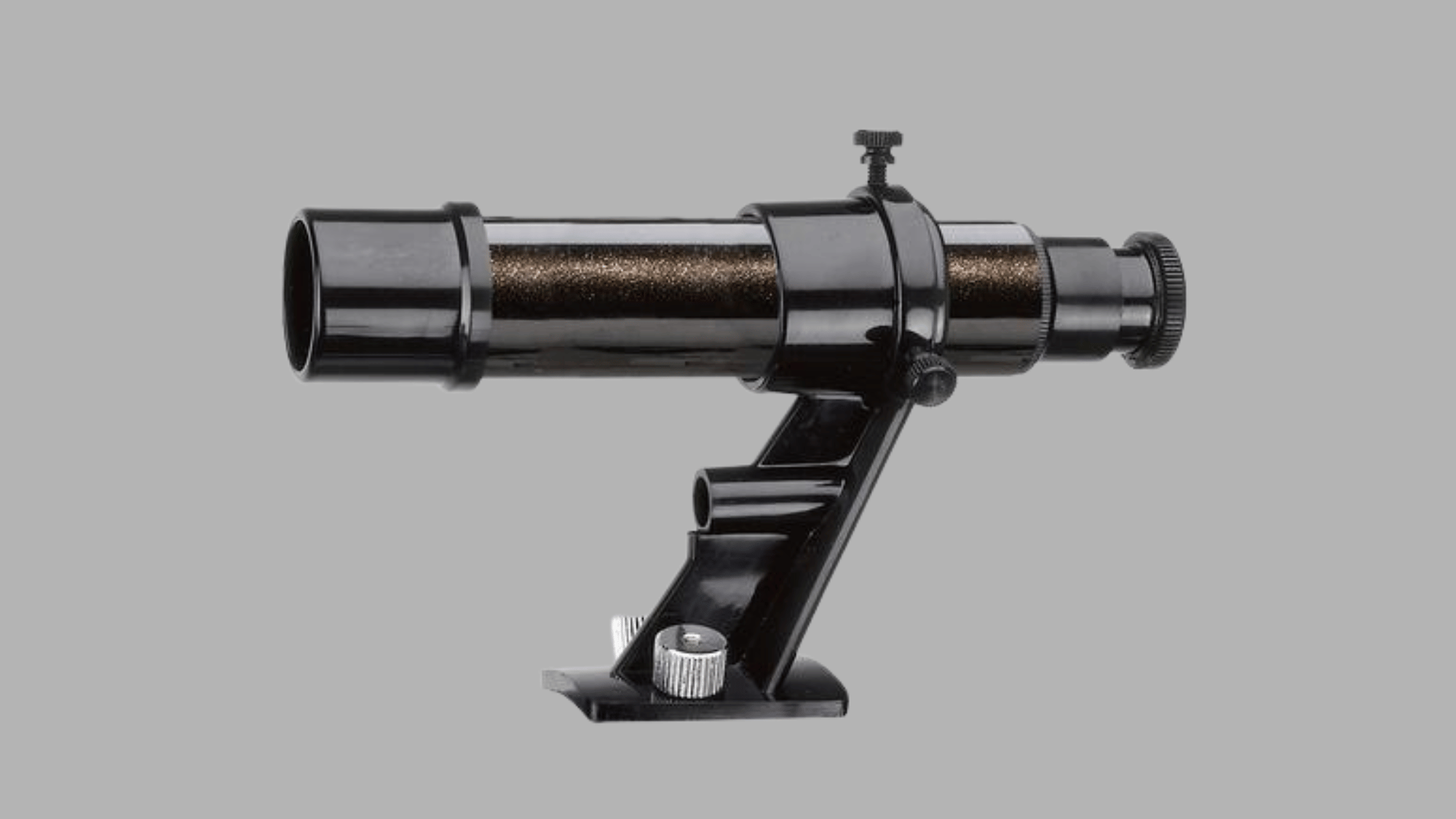
The finderscope is like a miniature telescope mounted on the main telescope. Its job is to help you locate objects in the sky more easily.
Because it provides a wider field of view than the main optical tube, it makes it simpler to center a star, planet, or other celestial body before switching to the main eyepiece.
For beginners, a good finder scope can save time and frustration when navigating the night sky.
Focuser/Focus Knob
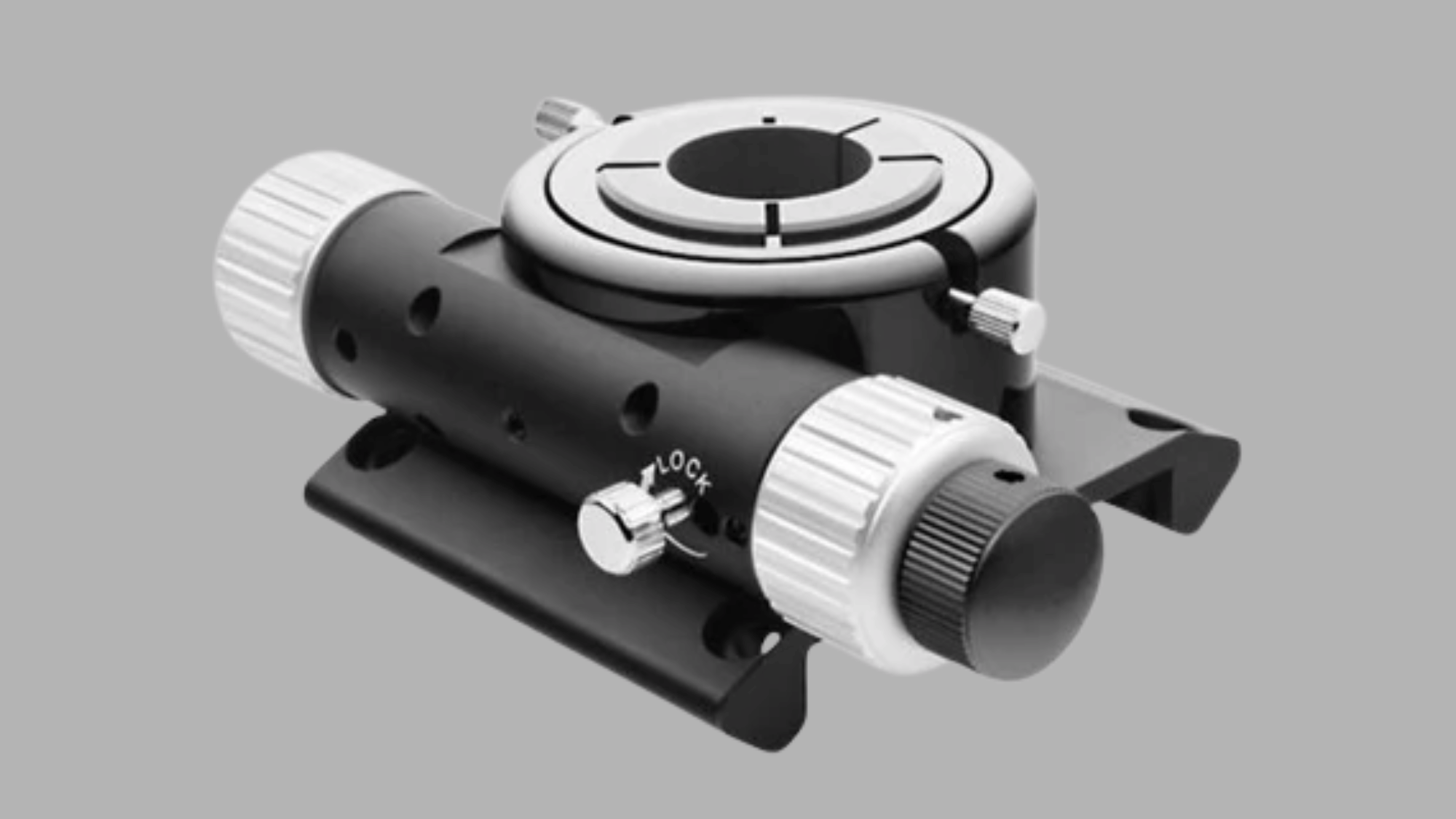
Even with the best optics, you won’t see much if your telescope isn’t properly focused.
That’s where the focuser or focus knob comes in. This simple but essential part adjusts the distance between the eyepiece and the optical tube, ensuring the image becomes sharp and clear.
A smooth, responsive focuser makes all the difference, allowing you to fine-tune the view of planets, the moon, or deep-sky objects with precision.
Mount
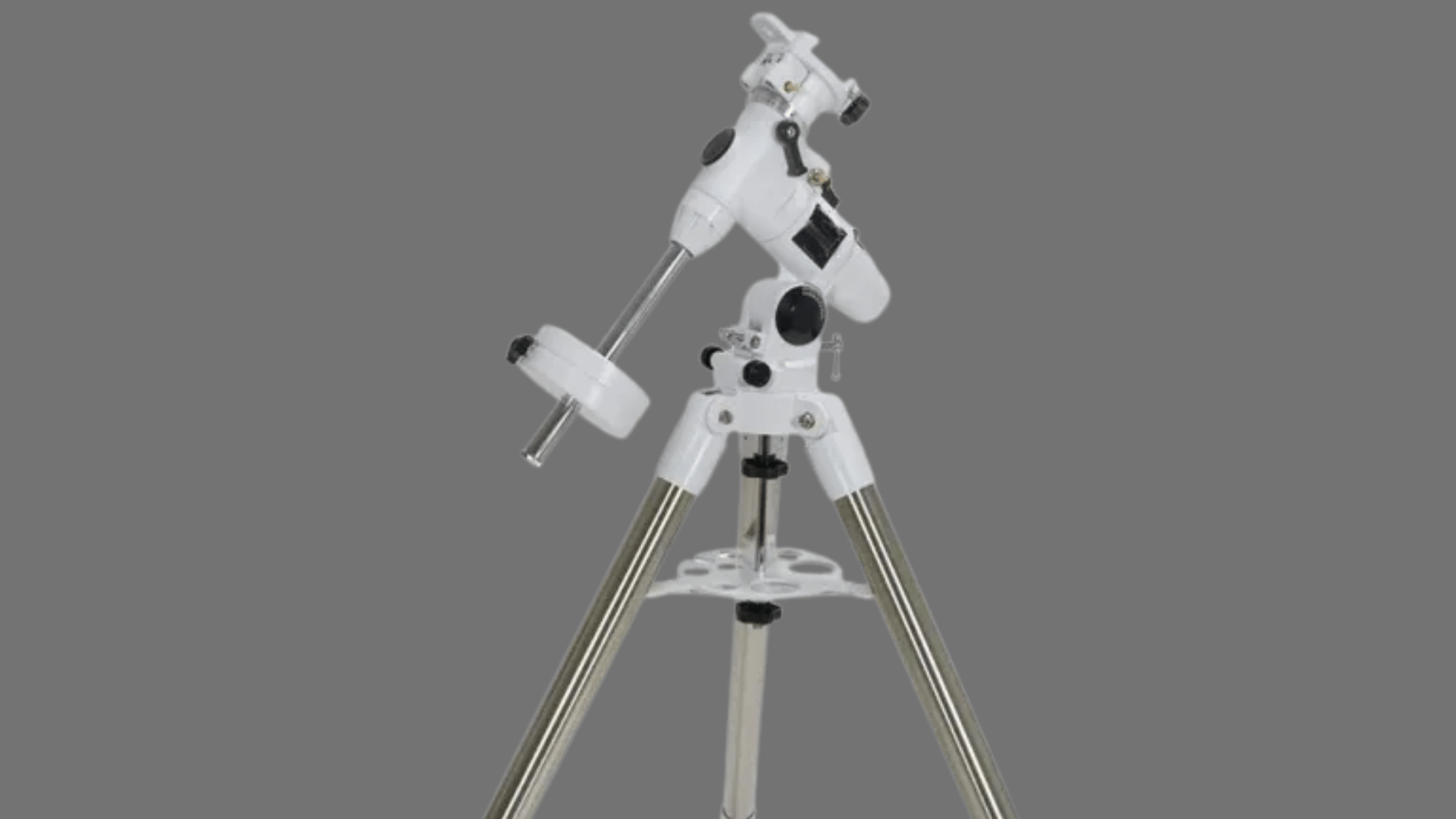
The mount is the support structure that holds your telescope steady while allowing it to move smoothly. Without a solid mount, even the smallest shake can blur your view of the stars.
Mounts come in two main types: altazimuth, which moves up and down and left and right, and equatorial, which tracks objects along Earth’s rotation.
A good mount makes stargazing comfortable, as you can follow celestial objects with ease instead of constantly readjusting.
Tripod/Base
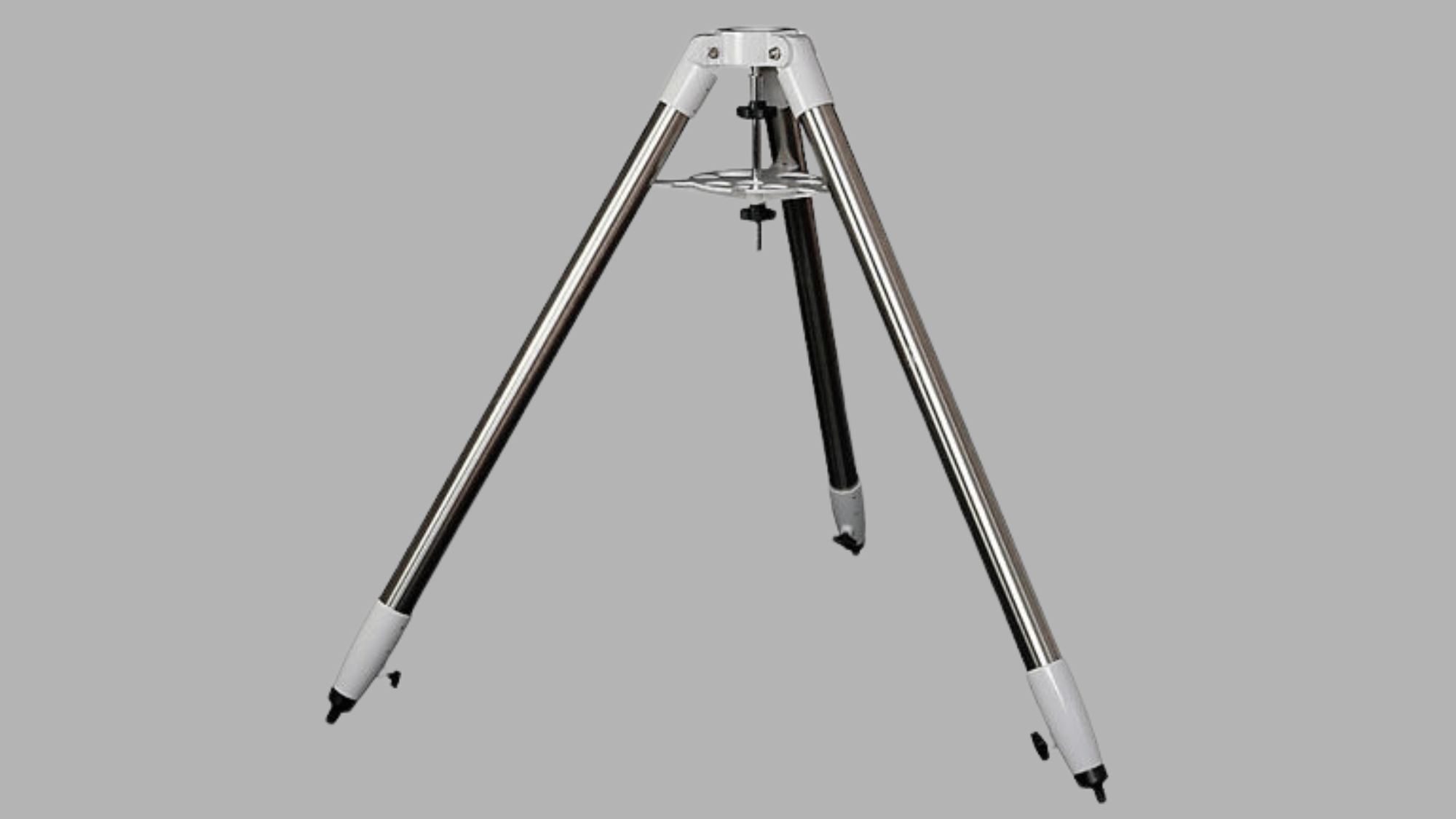
The tripod or base is what gives a telescope stability. It anchors the mount and optical tube firmly, preventing wobbles or vibrations while you observe.
A sturdy tripod is especially important for clear, steady views, particularly at higher magnifications when even tiny shakes are noticeable.
Tripods can be adjustable for different heights, making it easy to set up your telescope whether you’re observing from your backyard, a balcony, or out in the field.
How the Parts Work Together
A telescope isn’t just one piece; it’s a team of parts working together. Light enters, gets focused, is adjusted for clarity, and finally reaches your eyes through magnification. At the same time, other parts keep the telescope steady so you can enjoy clear views of the night sky.
| Function | Part Involved | What It Does |
|---|---|---|
| Light Collection | Objective lens / primary mirror | Gathers and focuses incoming light. |
| Light Path | Optical tube | Directs light smoothly to the eyepiece. |
| Fine Adjustment | Focuser/focus knob | Sharpens the image for clear viewing. |
| Magnification | Eyepiece | Enlarges the image so details become visible. |
| Support & Alignment | Finderscope, mount, tripod | Keeps the telescope steady and helps you locate targets. |
Tips for Taking Care of Telescope Parts
Caring for telescope parts means proper storage, gentle cleaning, avoiding lens contact, and protecting against dust or moisture, ensuring clear views and long-lasting, reliable performance.
- Proper Storage and Cleaning: Always store your telescope in a safe, dry place and use a soft brush or microfiber cloth for gentle cleaning. This prevents scratches and keeps optics clear.
- Avoid touching the lenses or mirrors: even clean fingers leave oils that can damage the coatings on lenses or mirrors. Handle the telescope carefully, touching only the body, never the glass.
- Keep Dust and Moisture Away: Use dust covers when the telescope is not in use and avoid exposing it to humidity. Moisture and dust can blur views and may even cause long-term damage.
- Avoid Extreme Temperatures: Don’t leave your telescope in hot cars or damp basements. Extreme conditions can warp parts or damage coatings.
- Transport in a Case or Padding: If you take your telescope outdoors, use a padded bag or case to protect it. Secure the parts to prevent damage from bumps and vibrations during transit.
Conclusion
Understanding the parts of a telescope turns stargazing from a confusing task into an exciting adventure.
Once you know what each part does, you’ll feel more confident setting up, focusing, and exploring the night sky.
Don’t be afraid to experiment, swap eyepieces, adjust the focuser, and get comfortable with your setup.
Every night under the stars helps you learn more and enjoy the universe even more deeply.
To take the hobby even further, you can join a local astronomy club or online community where enthusiasts share tips, experiences, and even their first breathtaking views of the stars.
Frequently Asked Questions
Why Do Telescopes Need a Mount?
A mount holds the telescope steady, preventing shakes while allowing smooth movements for accurate tracking of stars, planets, and celestial objects.
What is a Barlow Lens Used for?
A Barlow lens boosts magnification, often doubling or tripling power, giving astronomers closer, more detailed views of celestial objects.
How Should Telescope Lenses Be Cleaned?
Telescope lenses should be gently cleaned using a soft microfiber cloth or lens brush, avoiding fingerprints, moisture, and unnecessary touching.
Do I Need Filters for My Telescope?
Filters reduce glare, enhance contrast, and protect eyesight, thereby improving clarity and safety when viewing bright objects, such as the moon.



